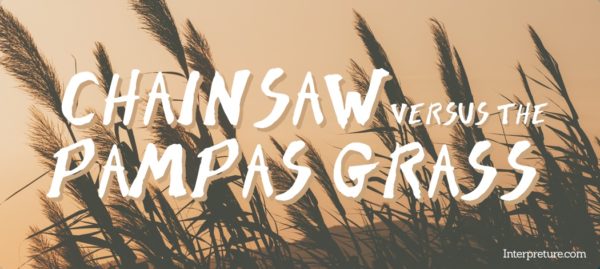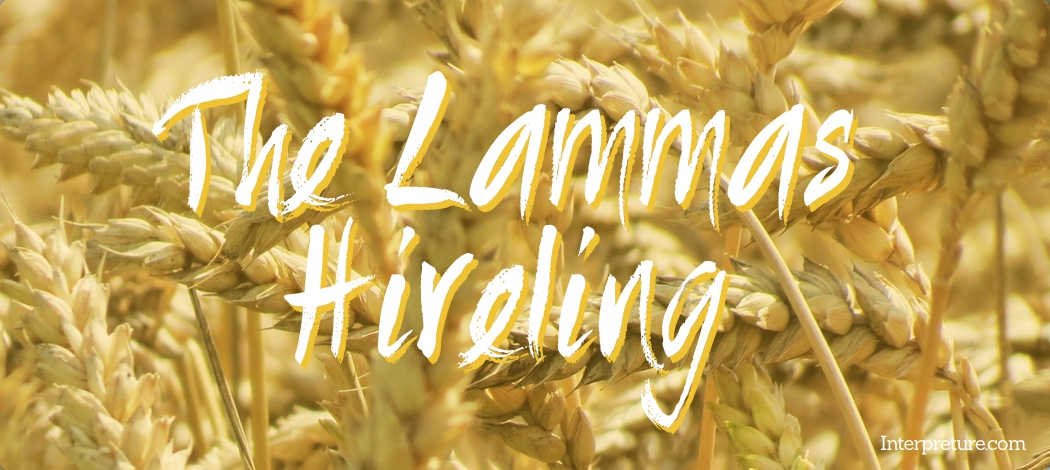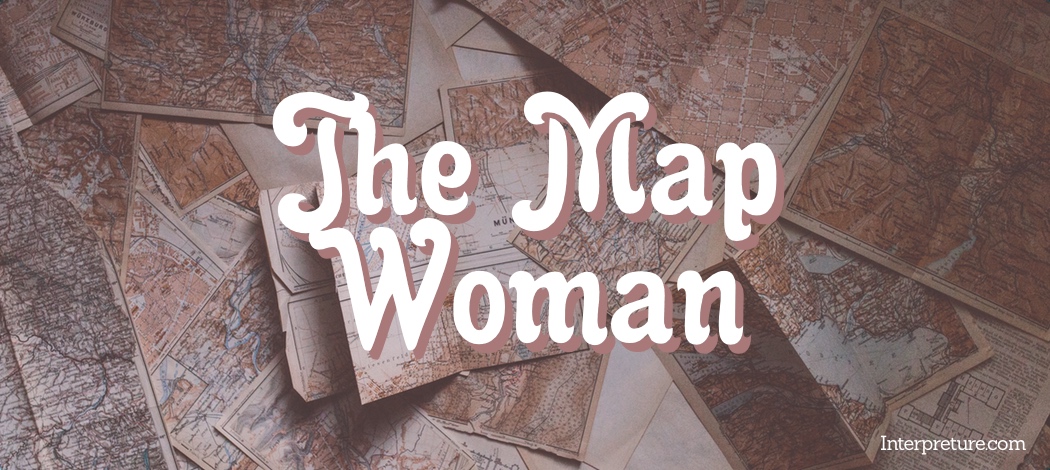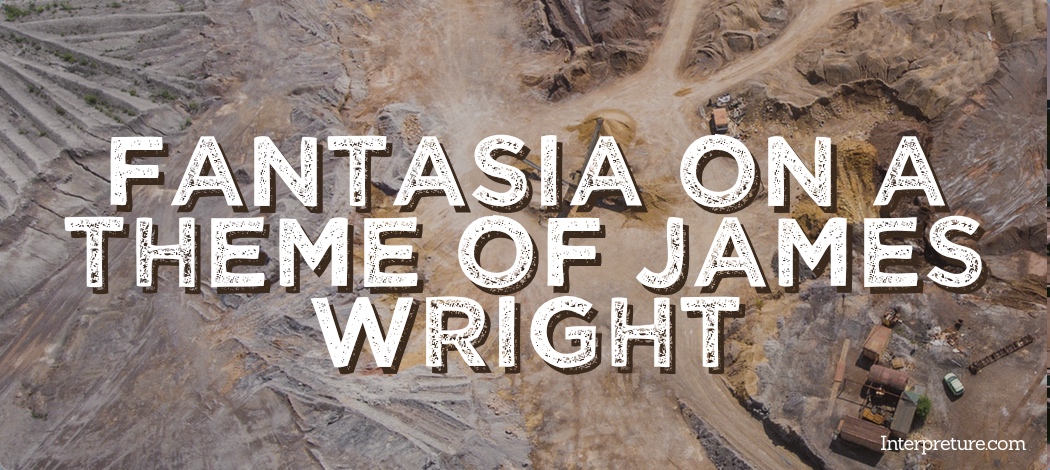‘Chainsaw Versus the Pampas Grass’ is a poem by Simon Armitage which considers the relationship between man made, physical objects, with nature and the natural world, specifically using the symbolism of a chainsaw to show man’s interaction. Armitage is Yorkshire-born poet whose early work was often very personal, but over the years his writing style has progressed to more often reflect broader societal ideas and issues, as shown in ‘Chainsaw Versus the Pampas Grass’ and its consideration of power and masculinity.
This poem is part of the set of prescribed poems that could be included in the Edexcel English Literature exam, meaning that it is important to study, understand and revise this poem. This poem has been featured in a sample paper from Edexcel. Click here to see all the prescribed poems from the ‘Poems of the Decade’ collection.

Interpreture gives ‘Chainsaw Versus the Pampas Grass’ a difficulty rating of 2, meaning that it is deemed to be relatively straightforward. The meaning and themes are relatively easy to identify, and the broad range of common language techniques gives scope for a range of analysis. The most difficult aspect of this poem is the structure due to there being a lack of consistency.
‘Chainsaw Versus the Pampas Grass’
The title of the poem makes the focus very clear, helping to immediately encourage a reader to consider both a “Chainsaw” and “Pampas Grass” and in turn the contrasts between them. The use of ‘versus’ helps to add more interest to what would otherwise be an arguably ‘plain’ title, because it indicates that there is going to be comparison, or even some form of battle between the two. This helps a reader to recognise the theme of power in the poem, and also helps to ensure that this perspective is key from the beginning of the poem, rather than being one that is developed over time.

Poem Structure
There are a total of eight stanzas in this poem, however they don’t follow a particularly strong pattern or have as much consistency as others in the ‘Poems of the Decade’ Collection such as ‘Eat Me’ or ‘On Her Blindness’. Instead, there is variation in the line length, going from one extreme of just three of four words on a line, to three times that at 9 or more words. This inconsistency could cause confusion for a reader, particularly when coupled with the variation in stanza length. The mix of line lengths could also be seen as representing the destructive nature of the chainsaw, and it’s reckless and unrestricted power in turn damaging and destroying the structure of the poem, making it look more uneven and fragmented.
However, one element of similarity between the stanzas is that there is no enjambment between them, with each one contained within its own section with end-stopped lines. In some ways this could be seen as the control of humanity over natural form and structure with unnatural barriers, with some readers perhaps considering the difference in the poem if there were free-flowing stanzas with less end-stopped lines; an arguably more ‘fluid’ and ‘natural’ structure.
Throughout the poem there is also a conversational structure, with a mix of short and long sentences, a generally informal tone with phrases such as “knocked back”, and a range in punctuation all combining to create this effect. For example, the ellipsis in “spider’s wool…” creates an extended pause, whereas the regular use of hyphens further break up the structure of the poem. This is likely to be highly effective for a reader if read aloud because it would further emphasise these pauses and breaks in the natural rhythm of speech.
Poetic Techniques
One of the key poetic devices used by Armitage is personification, from the very first stanza with the description “grinding its teeth” and “it knocked back”. These descriptions help to make the object seem more formidable through the combination of the existing qualities of a chainsaw with the added ability and power of humans. Therefore, this could be interpreted as showing a representation of humans and their destruction of the environment.
There is also the use of sibilance, with through its connotation of snakes and danger, makes a reader feel wary of the chainsaw and the potential for danger and destruction. The inclusion of “juices” on the line adds a natural element, linking to death of animals and habitat, or even the idea of something carnivorous and hungry. Ideas also become more apparent due to the repeated use of certain sounds in the poem, such as “felt” “flesh” and “flare” occurring repeatedly towards the end of the third stanza, which can sound like the humming of an engine, further evoking ideas of power and human machinery.
Powerful and dominant language is also used consistently, with the plosive sound on “dismissed” helping to reinforce this idea, and link to masculine strength. Surprisingly these descriptions are not constrained to just the chainsaw, but also the pampas grass with lines such as “its twelve-foot spears” indicating an overlooked ability of the grass, and by extension the natural world, to defend itself.
Important Lines
“the chainsaw seethed”
This is one of the most striking examples of personification and comes in the final stanza of the poem, with sibilance adding to the already emotive “seethed” to show a burning passion and emotion that the chainsaw has come to posses. Readers may feel intimidated and apprehensive of what the next year may bring when the chainsaw returns, with this encouragement to imagine the future being an effective way to make the poem more memorable.
“plant juice spat from the pipes and tubes”
The use of “spat” demonstrates that the chainsaw has no regard for nature, which although strange, could make a reader feel sympathetic towards the pampas grass and therefore nature as a whole for it to be destroyed in this violent way. The imagery of “plant juice” links strongly to blood, with this mental image verging on being disturbing.
“sunning itself, stealing the show with its footstools”
Despite the chainsaw being the key negative image in the poem, there is still sibilance in this line describing the pampas grass, perhaps indicating to a reader the potential for power and danger which is held in nature. As shown through the remainder of the poem, the grass is able to survive despite all the effort to destroy it, even with relative calm and ease as this line suggests.
‘Chainsaw Versus the Pampas Grass’ Key Themes
- Power: There is extreme power exhibited by the chainsaw throughout the poem, with the potential of harm adding to the sense of power and brutality. However, the grass also shows power albeit more subtly in that it is able to survive. This battle and contrast between to types of power is a key consideration throughout the poem, and important for influencing the response of a reader.
- Masculinity: The masculine power is highlighted through phallic imagery in the poem. Even with males being stereotypically seen as the physically stronger sex, the lack of femininity could highlight the flaw in this masculine situation and inability for the chainsaw to succeed, making ‘Chainsaw Versus the Pampas Grass’ a fairer fight than it may have seemed initially.
- Conflict: This theme is shown through the battles and fights between the chainsaw and the pampas grass, acting as representation of the battle between humanity and man made materials with the natural world and nature.
Quick Focus Questions
- How is personification used to influence the opinions of a reader? Which example of personification is most effective in the poem?
- What is the effect of sounds when ‘Chainsaw Versus the Pampas Grass’ is read aloud?
- How are different forms of power exhibited, and how could this link to another poem from the ‘Poems of the Decade’ collection?
The use of different sounds created through the language in the poem makes ‘Chainsaw Versus the Pampas Grass’ a very interesting which is notable in the anthology for its ease and enjoyability of reading. The specific theme of masculinity and gender means that this poem could be linked with others such as ‘From The Journal of a Disappointed Man’ or contrasted with ‘The Deliverer’ meanwhile the idea of conflict and power could be linked to ‘Giuseppe’ or ‘The Gun’, which also uses a range of aggressive imagery.







9 Comments
What’s the answer
lol
I am baffled by this poem and all I want is an explanation of each stanza and how it could be annotated :(
What could be the genre for the poem? Dramatic Monologue?
I would probably consider it to potentially be closer to a narrative poem because of the scene setting at the beginning, and the way in which it there’s an overall story ‘arc’ over an extended period of time. There are elements of a dramatic monologue too though, such as the single speaker and the frequent use of sounds which would be effective for an audience – you could probably argue it is either or a mix (just remember to support your argument).
Thanks for the analysis! It was interesting to read through although it seems that you approached this poem focusing more on the Man vs. Nature aspect of it whilst I personally tend to look at it more as a Man vs. Woman conflict which better fits in with the general theme of the other Poems of the Decade. Nonetheless, it was interesting to see it from a different perspective and I do appreciate this analysis greatly!
what is the metaphor and simile in the second verse?
I found the choice of the title, I would expect it to be “chainsaw versus the grasslands”. However the choice of “chainsaw versus the pampas grass” gives the possible locations of either Argentina or Australia as the grasslands there are called pampas.
🤔🤔🤔
Thanks for the effort to make this wonderful learning experience for us!